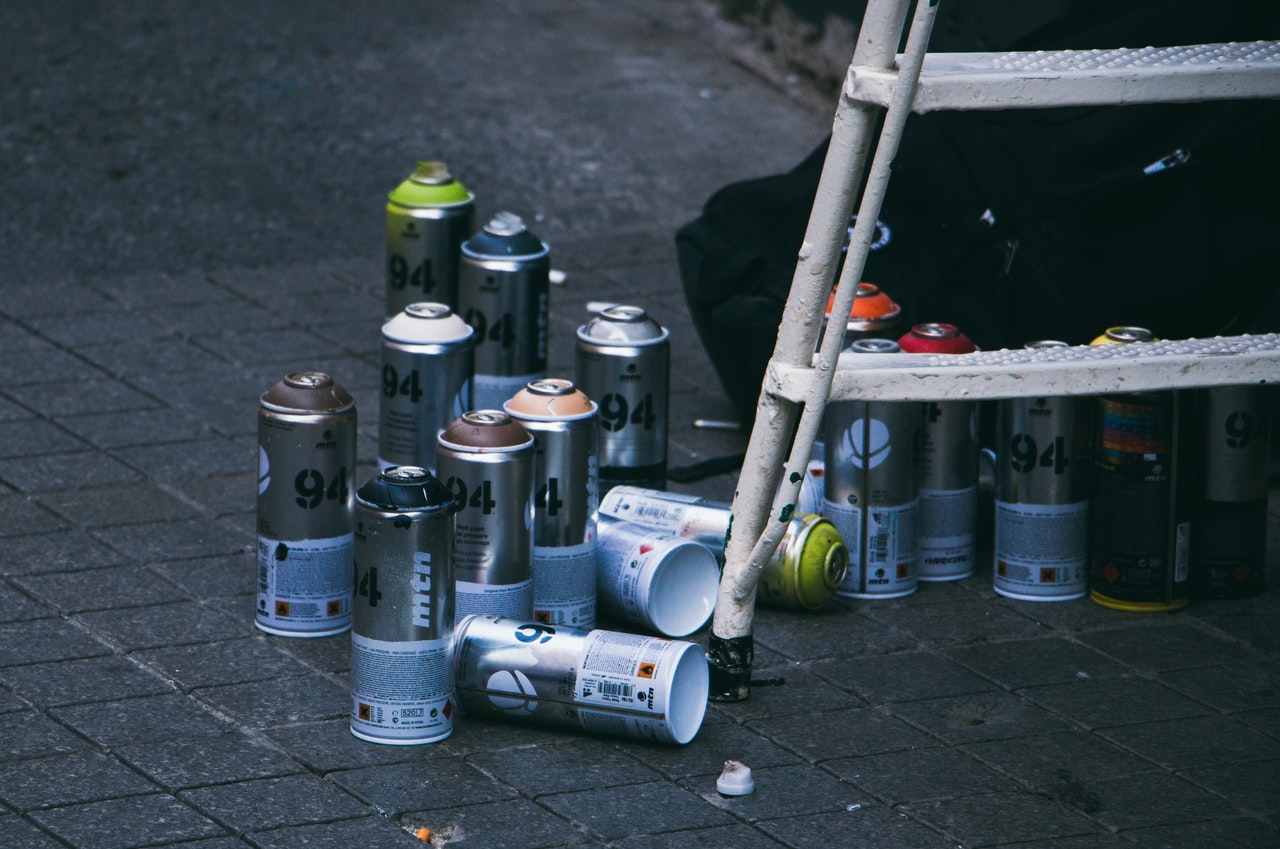Spraying paint on a cold day can feel like an impossible task, but it’s not. With the right preparations and some patience, you’ll be painting in no time! Don’t worry if you’re new to spray painting – these tips will help even the most novice of painters. Follow this guide to learn how to spray paint in cold weather with success!

Can Spray Paint Dry in the Cold?
When it comes to spray painting in cold weather, the first question that will come up is whether or not paint can dry outside on a winter day. The answer is yes! Cold temperatures do not affect the drying of your paint at all – as long as you are using high quality exterior latex paints with no added humidity. If you want to make sure that the paint is going to cure properly, make sure that you are painting in temperatures above 50 degrees Fahrenheit.
When Painting on a Cold Day:
-Make sure your surface is prepped and ready to go before you start spraying. This includes removing any dirt or debris, as well as ensuring that the area is free of moisture. If the surface is wet, the paint will not adhere and you’ll be left with a big mess.
-Use light coats of spray paint to avoid running or pooling on your surface – as well as undercoats if necessary. Most paints should require an undercoat in order to properly stick onto surfaces like brick or concrete patios; however, this is not always the case.
-Be patient! Painting in cold weather can take a little longer than usual, so make sure to allow for enough time to let each coat dry before applying the next one.
-If you’re having trouble getting your paint to spray evenly, try using a higher quality nozzle or changing the angle at which you are spraying.
-If you’re painting with an HVLP gun, try using a lower PSI (pounds per square inch) to avoid paint droplets. A low PSI will give the paint more time to dry before hitting your substrate – ensuring that each coat is even and smooth without pooling or running.

How Do You Keep Your Paint from Freezing?
If you’re worried about your paint freezing while you’re working, there are a few things that you can do to help prevent it. One option is to keep a small heater nearby to help keep the temperature around your work area up. Another thing that you can do is use a thermal blanket or tent to cover your painting area. This will help to keep the warmth in and prevent your paint from freezing.
-Thermal Blanket: A thermal blanket is a great way to keep your paint warm while you’re working, as it helps to retain heat and blocks out wind and cold temperatures. They are typically made of heavy-duty insulation materials like polyester or wool, and can be purchased at most hardware stores.
-Paint Tent: A paint tent is a great way to keep your painting area warm and protected from the elements. Tents are typically made of heavy-duty nylon or vinyl, and can be easily set up in just a few minutes. They are also inexpensive, making them a great option for covering a large work area.
-Heater: If you don’t want to go through the trouble of setting up a tent or using a thermal blanket, another option is to keep an electric heater nearby while you’re working. This will help prevent your paint from freezing and ensure that it stays at optimal viscosity until applied.
-Propane Heater: A propane heater is a great option for keeping your paint warm while you’re working, as it doesn’t require an outlet or any electrical cords. They are also portable, making them perfect for taking with you to outdoor painting locations. Just be sure to keep a safe distance from the tent or blanket while the heater is on!
-Make sure to stir your paint thoroughly before applying it. This will help prevent any settling in the can, and also give you a more consistent color across every surface when painting multiple coats.
Conclusion
Painting in cold weather can be a challenge, but with the right tips and tricks it can be done! Just make sure to take your time and be patient, and you’ll end up with a beautiful finished product. Happy painting!
Last Updated on September 26, 2022 by Cool Rad Weird

